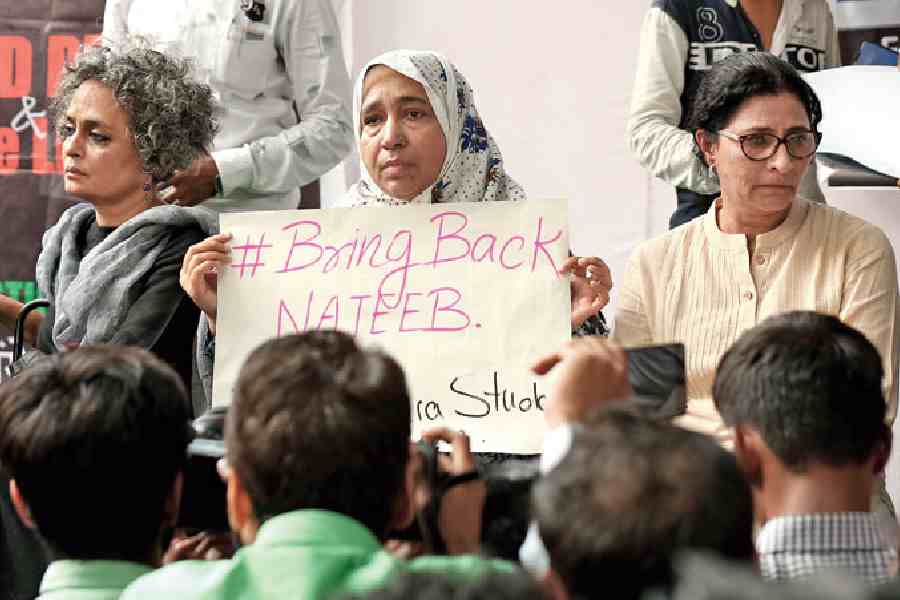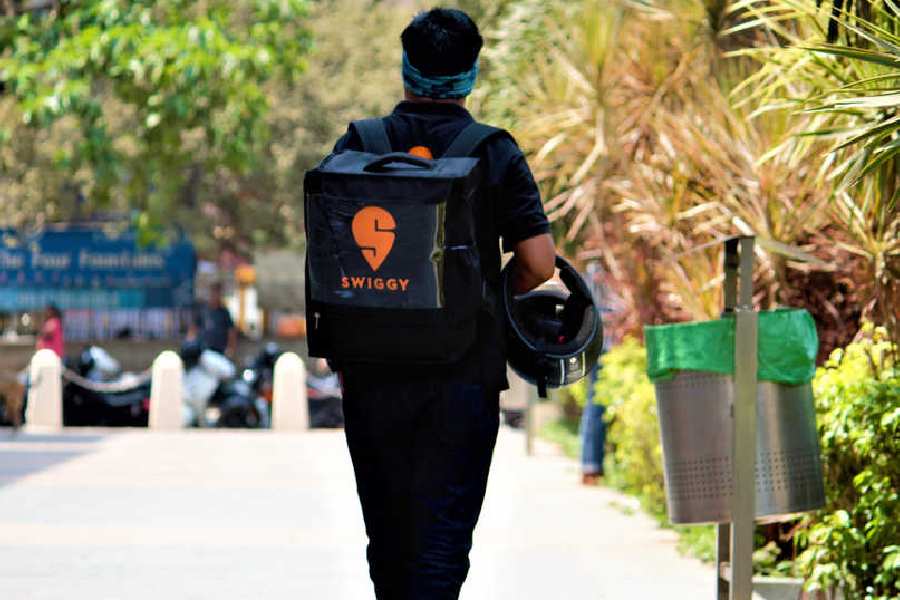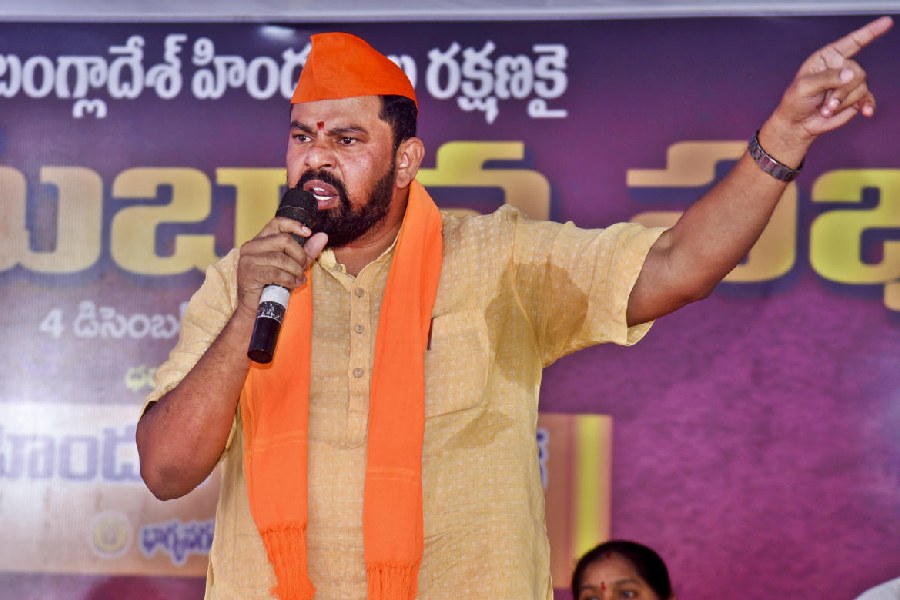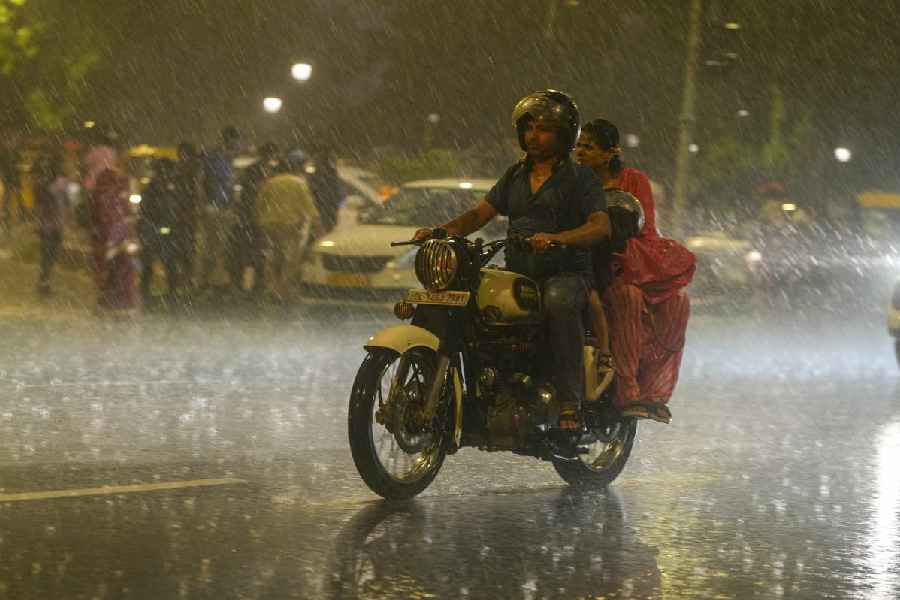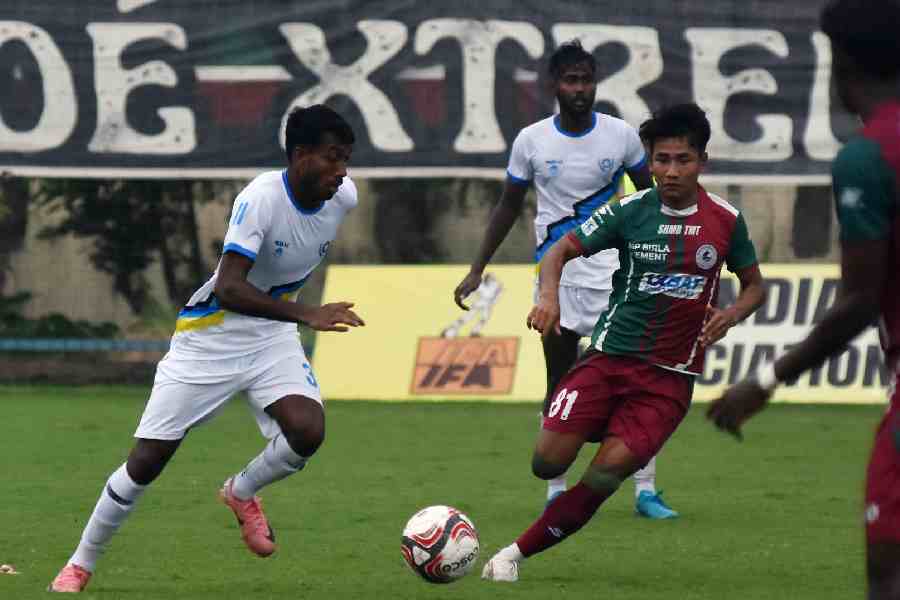
Energy saved is energy produced. And saving energy is Jharkhand's August mission.
State-owned power distribution company Jharkhand Bijli Vitaran Nigam Limited (JBVNL) has decided to make LED bulbs, which cost nothing less than Rs 450 in the market, available at a pocket-friendly rate of Rs 10 to every household in the six districts of Ranchi, East Singhbhum, Dhanbad, Bokaro, Deoghar and Hazaribagh by the end of next month.
Under this easy and unique conservation scheme, which is borrowed from the Centre's January-born domestic efficient lighting programme, every home in these six districts will be given three seven-watt LED bulbs in exchange for three incandescent or CFL bulbs and an upfront payment of Rs 30.
"The Rs 10-for-one bulbs will not just save joules of energy in the long run, but also cut down electricity bills every month," said Rahul Purwar, the managing director of JBVNL.
"A significant proportion of household lighting needs are met by use of incandescent bulbs, which are extremely energy inefficient because over 90 per cent of electricity is wasted as heat. Even the more popular CFL bulbs waste around 50 per cent of the energy consumed. A seven-watt LED bulb is brighter and will reduce power consumption by an estimated 85 per cent. The reduction in connected load as a result of replacement will be 53 watt per bulb considering that a seven-watt LED will replace a 60-watt ordinary bulb," Purwar explained.
He maintained that while consumers would benefit by way of reduced bills, energy worth thousands of crores of rupees could be made available to the industrial sector.
Incidentally, on January 5, the Centre had launched its LED bulb distribution scheme to tell people that it is more economical to conserve power than to produce power. "The scheme has already been launched by the Prime Minister in Delhi. We intend to do the same in six districts of Jharkhand on a pilot basis. The scheme will be extended to the remaining 18 districts in phases," Purwar said.
According to plan, JBVNL will enter into an agreement this month with Energy Efficiency Services (EEF), promoted by the Union ministry of power as a joint venture of four public sector undertakings, namely National Thermal Power Corporation, Power Finance Corporation, Power Grid Corporation of India and Rural Electrification Corporation.
"The EEF will replace every three incandescent or CFL bulbs in a household with three LED bulbs, and charge Rs 30 for the exchange. All ordinary and CFL bulbs will be taken away and destroyed by EEF so that they are not reused," the JBVNL boss said.
All domestic consumers with metered connections will be eligible. Besides the upfront payment of Rs 30, every consumer will be charged Rs 14 a month per bulb over the next 12 months. "The savings by way of reduced electricity bills every month will offset this small amount that will be charged. When the scheme will be launched and how will be announced later," Purwar added.
Experts vouch for LEDs that use no gas or filaments. "A seven-watt LED will give better lumen intensity and brightness than a 60-watt incandescent lamp. The proportion of lumens that falls in an area from an LED light source is greater than that of a conventional light source," said a conservationist.
Hence, the main objectives are to promote efficient lighting and enhance awareness about the fact that LED bulbs slash power bills and help preserve our environment.


